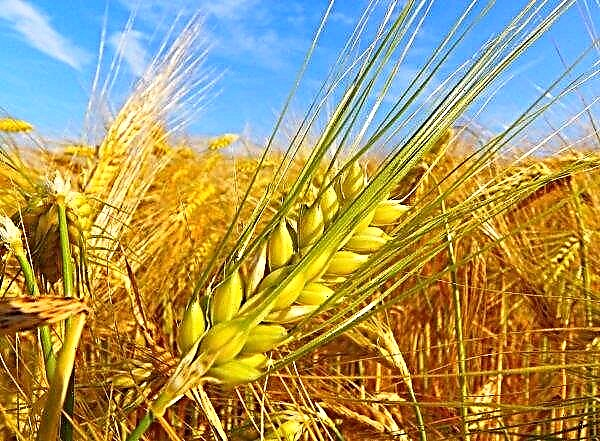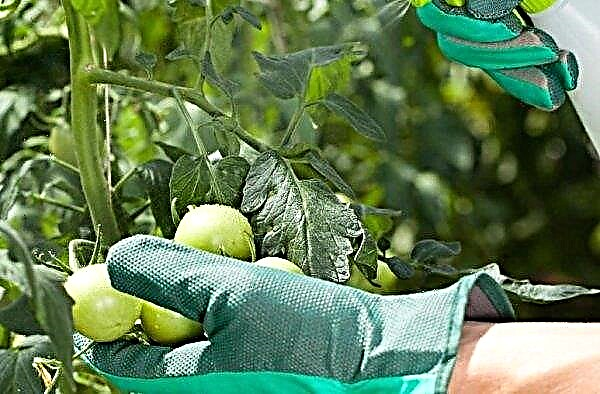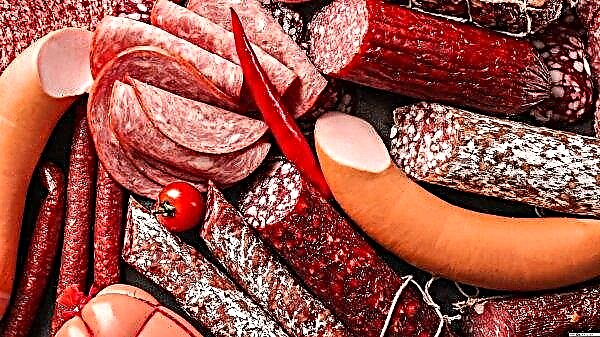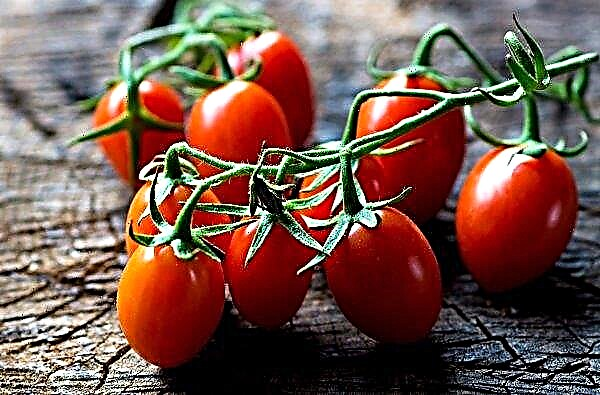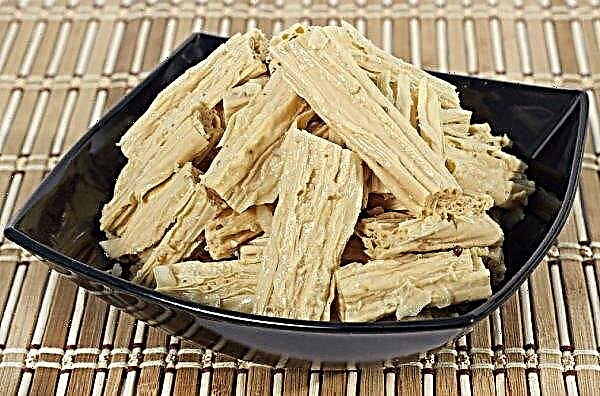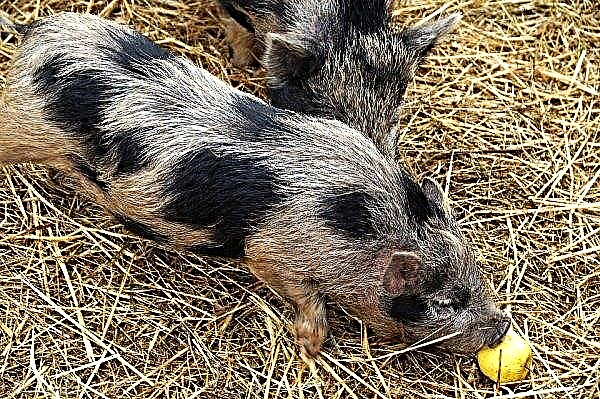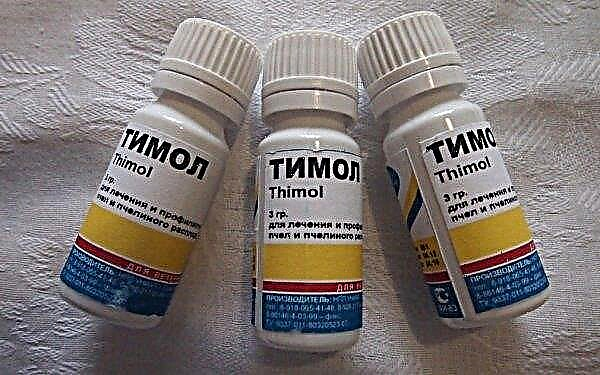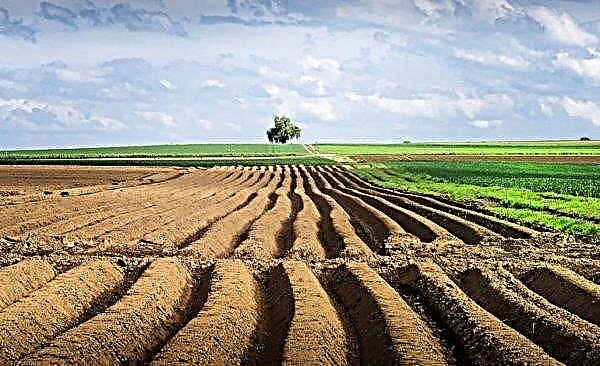All indoor plants, including dracaena, need additional minerals in the growing process, especially when they are in depleted soil for a long time. To compensate for the deficiency, it is recommended to feed the flower with mineral and organic fertilizers, so we will consider the main signs of a lack of fertilizer, what top dressing is suitable, and how to use them correctly.
Signs of fertilizer shortage
Changes in appearance, slowing down plant growth are more often observed with the development of diseases, pest damage or lack of nutrients. To be able to distinguish between such signs and take the right measures.
You need to know how the plant changes with a lack of fertilizer:
- The leaves turn yellow, fall off, the flower grows very slowly, the stems are thinning - Such symptoms indicate chlorosis, which is caused by a lack of nitrogen in the soil.
- The lower leaves begin to fall off sharply, the flower is often sick, is affected by pests - Similar manifestations indicate a lack of potassium.
- Red, brown or brown spots appear on the leaves - This indicates problems with the processes of photosynthesis, oxygen saturation of the roots, carbohydrate and energy metabolism, which are directly related to the phosphorus starvation of the plant.
- Young shoots become thinner and discolored - the problem is associated with the depletion of the root system, its poor functioning and the ability to carry nutrients to the ground part of the flower, which is provoked by a lack of calcium in the soil.
- The leaves brighten strongly, plant chlorosis sets in, which is associated with depletion of the roots of the flower, a violation of the synthesis of chlorophyll and respiration of the root system - similar problems occur when the flower feels a shortage in iron, magnesium and sulfur.
- The top of the flower dies away the development of the plant is inhibited, which is due to a violation of the conduction functions of carbohydrates, amino acids and other nutrients by the root system of dracaena - the problem is associated with a deficiency of boron in the soil.
Did you know? Dracaena, which grows in warm countries in open ground, is used to produce fiber for ropes, and the juice from the trunk is processed into varnish, which covers the metal from corrosion.
Why fertilize deciduous plants?
Depending on the type of fertilizer used to apply to the soil, a positive effect can be obtained. For example, mineral fertilizers are the main nutrients for plants, and their absence in the soil can destroy the flower in a short time.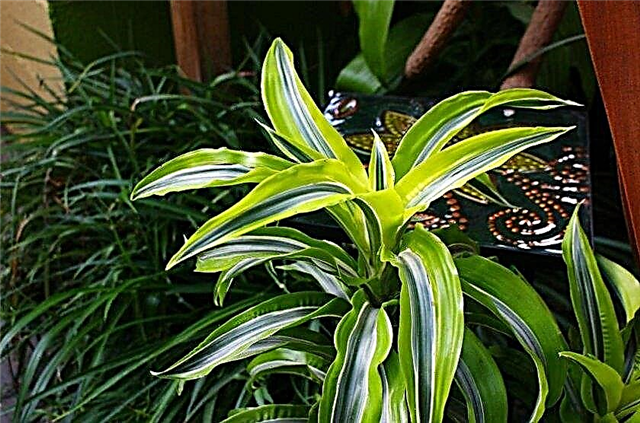
Among the main mineral fertilizers, which must be applied to the soil, there are:
- nitrogen - are used during the period of active growth of green mass in the spring-summer period to activate plant growth and stimulate the development of additional shoots and leaves;
- potash - stimulate growth, nourish the root system, stimulate the growth of new young roots, thus, the plant receives an additional amount of nutrients, develops better.
Important! For the development of dracaena, the soil must have enough nitrogen, phosphorus and potassium, in a ratio of 3: 1: 3.
Features of Dracaena Care
In order to perform the fertilizer procedure efficiently and effectively for a plant, it is necessary to understand the types of top dressing, the features of their use and take into account recommendations on the timing and frequency of application.
Fertilizer timing and frequency
The frequency of fertilizing the soil depends on the time of year and the condition of the plant. During the period of active vegetation and the growth of green mass, which falls on the spring-summer time, top dressing should be applied often - once every 1.5–2 weeks. In autumn, the intervals between fertilizing do more; at this time, nutrients should be added to the soil once a month. In winter, a dormant period begins, which should be supported by a decrease in indoor air temperature, at this time the flower growth stops, and dracaena does not need additional nutrition, therefore, feeding is stopped.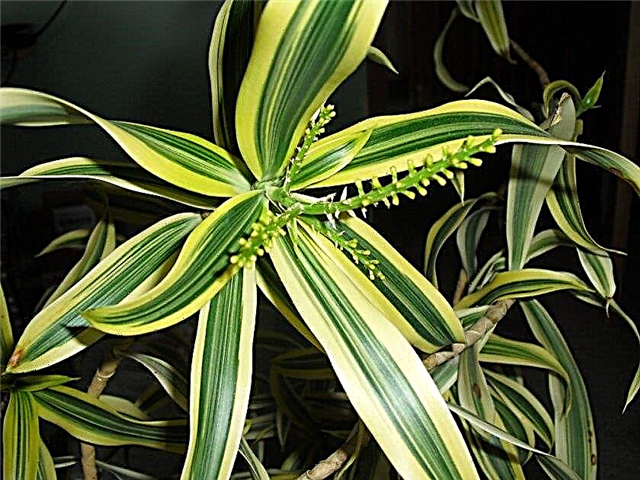
Ready-made fertilizers and fertilizers for dracaena
Among the effective complexes that are used to feed dracen, one can distinguish the preparations "Master", "Stimulus", "Agricola". Use such products should be strictly according to the instructions on the package. Modern fertilizers in the form of sticks appeared on sale. Using them is simple - insert the stick vertically into the substrate and during regular watering, the stick will gradually dissolve, fertilizing the soil. You can prepare dressing yourself, using the acquired mineral components.
Important! After watering the dracaena with meat water, the smell of rot may appear. To solve the problem, you can take the flower to the balcony, after a couple of days the unpleasant smell will go away, and dracaena can be returned back to the apartment.
Consider a few nutritional recipes:
- To prepare a mixture for spraying plants, 0.3 g of ammonium sulfate, 0.4 g of potassium phosphate, 0.5 g of potassium nitrate are mixed and dissolved in 1 l of water. The resulting composition of the leaves of the plant is sprayed with a spray once a week.
- An effective mineral fertilizer made by yourself is a solution of nitroammophoski. To prepare a nutrient, it is necessary to mix 1 liter of water and 1 tsp. top dressing. Water the plant once every 2 weeks, during the growing season, from April to August.
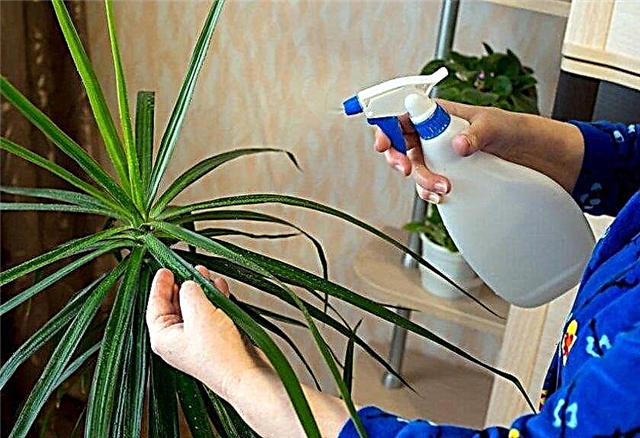
Organic Blends
Organic mixtures include organic manure, such as manure and litter. Given the sharp unpleasant smell of such fertilizer, it is not used in the usual form for indoor plants, but is replaced with a special treated liquid concentrate or granular product. Typically, such products are sold in flower shops. Use the organic mixture according to the instructions on the package.
Did you know? Dracaena juice is considered medicinal; it is used in folk medicine to treat diseases of the gastrointestinal tract.
Folk ways of feeding dracaena
The best way to feed dracaena at home is considered to be meat water. The liquid that was used to wash raw meat is used to water the plant, as it contains a large amount of protein, which has a beneficial effect on flower growth processes. It is recommended to feed dracaena with such a remedy no more than 1 time in 2 months.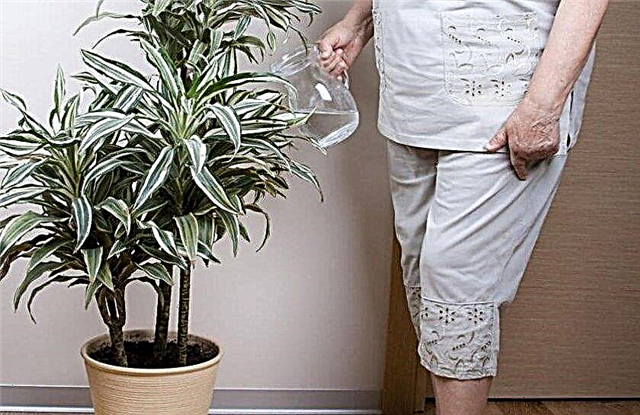
Useful care tips
In order for the dracaena to grow well and decorate the interior with a healthy appearance, it is necessary not only to regularly feed, but also to provide quality care, so we’ll consider rules for growing a flower at home:
- Do not allow the soil to dry out, it is necessary that the roots always have enough moisture, but it is forbidden to fill the flower, the ideal option is regular watering with a small amount of quality water at room temperature.
- Watering is done when the topsoil dries by 1 cm, you can check the condition of the soil by immersing a toothpick in it.
- Humidification of the soil is carried out along the edge of the pot, preventing the dracaena trunk from getting wet to avoid rotting of the root system.
- Dracaena must be kept in a room with high humidity or spray leaves regularly with a spray bottle. 10 minutes after spraying, you should collect the residual moisture that has accumulated in the center of the sheet outlet.
- The air temperature in the room should be between + 15 ... + 18 ° C in the winter and + 24 ... + 26 ° C in the summer.
- Dracaena prefers to grow on well-lit window sills with diffused light, so that direct sunlight does not burn the foliage, so when placed on the windows of the southern orientation, the plant must be shaded.
- The plant should be replanted regularly so that there is no inhibition in development and growth. A signal for a transplant is the appearance on the surface of the pot of a large number of roots that crawl out from a tight container.
- For transplanting, it is necessary to use special soil for dracaena, which can be purchased at the store or made independently, the optimal composition: peat (1 part), garden soil (3 parts), sand (1 part).
You need to fertilize dracaena regularly to stimulate the active growth of shoots and leaves. For fertilizer, you can use different types of fertilizing, depending on the capabilities and condition of the plant.


